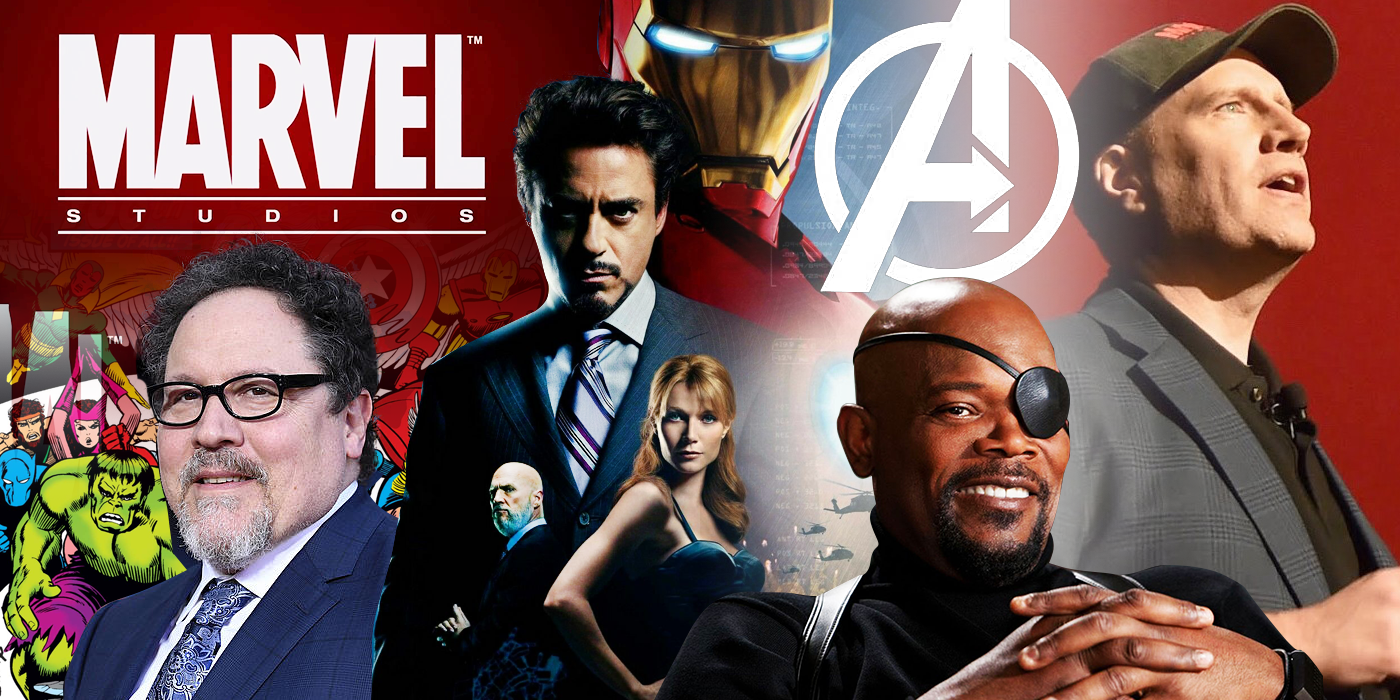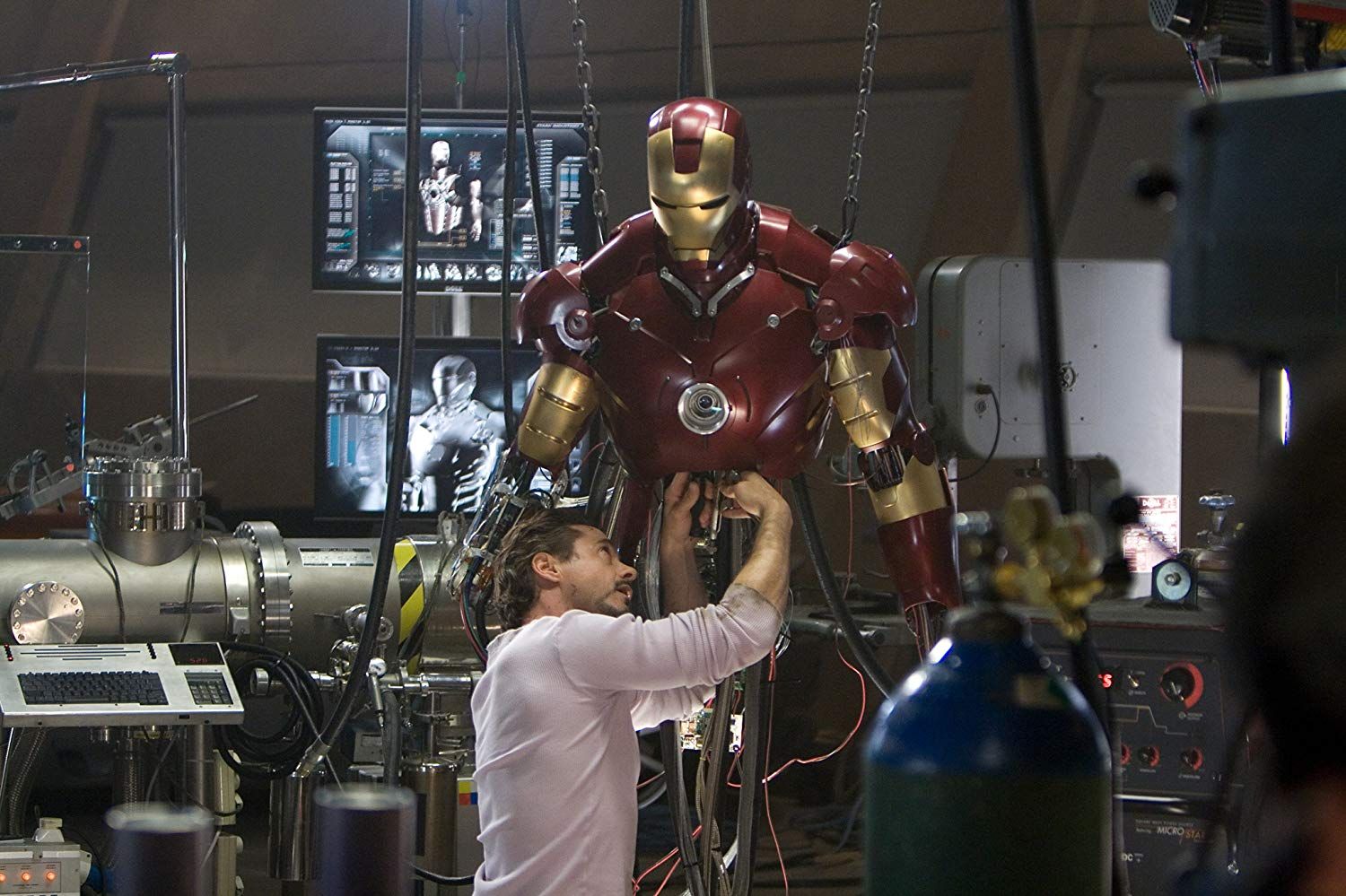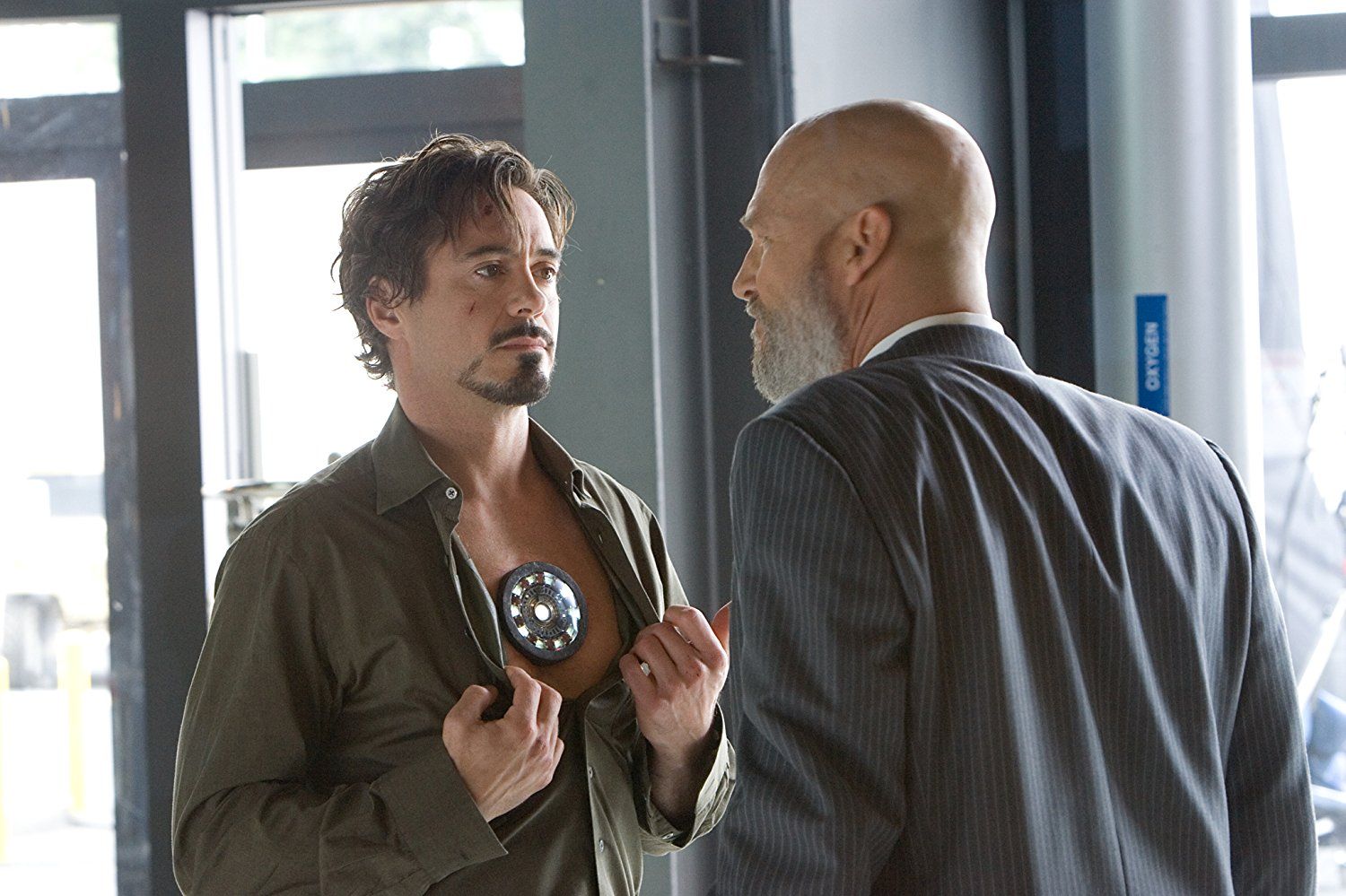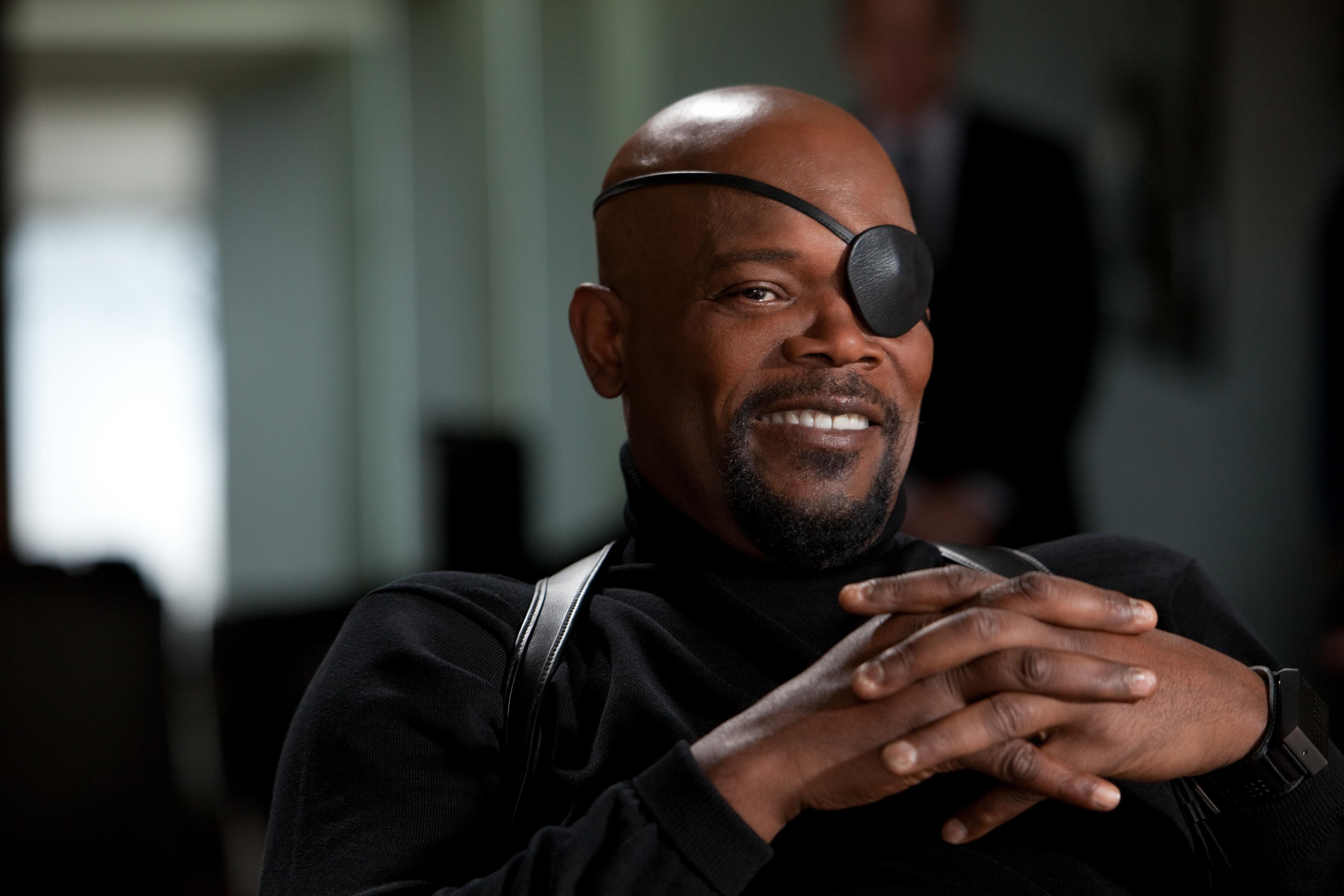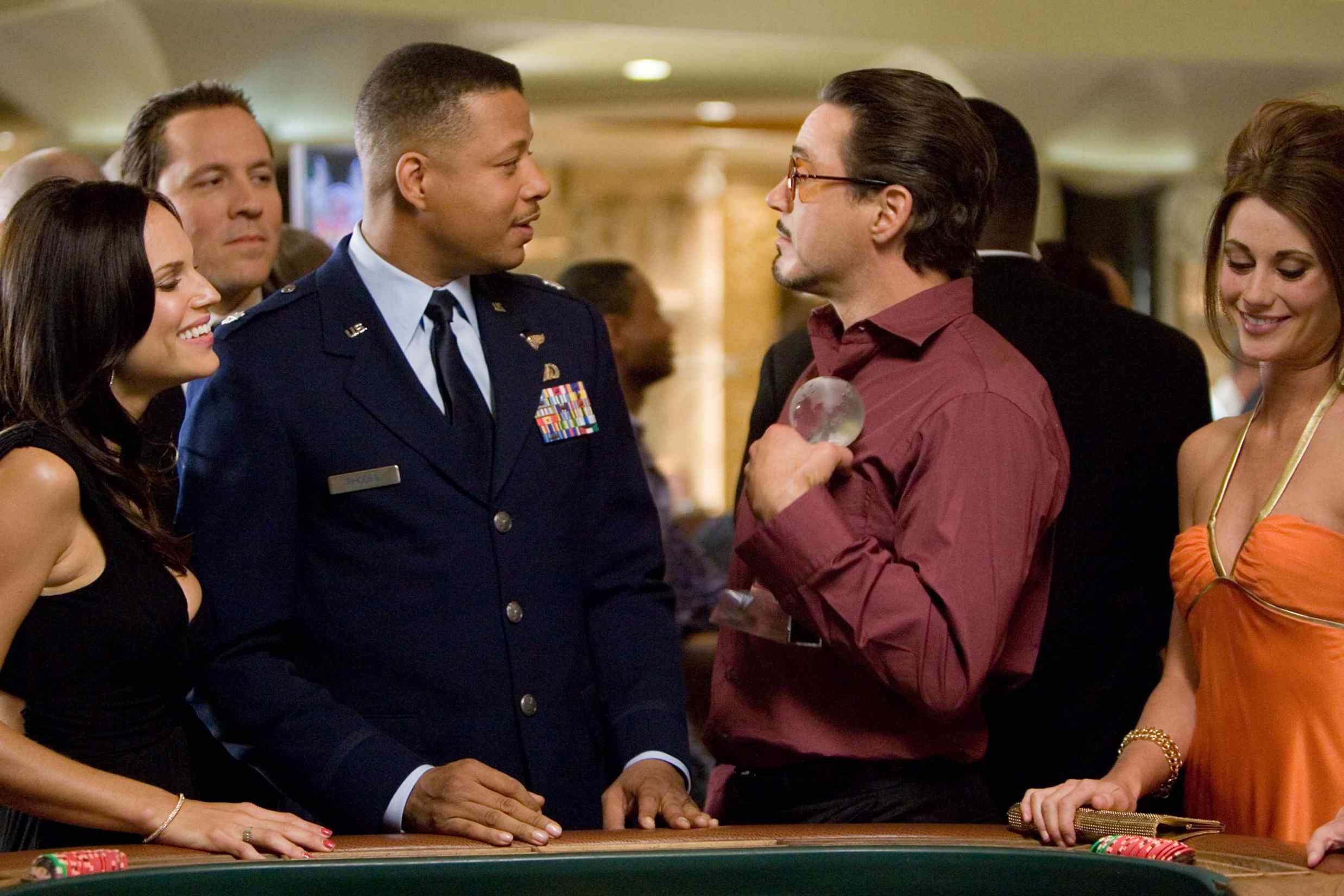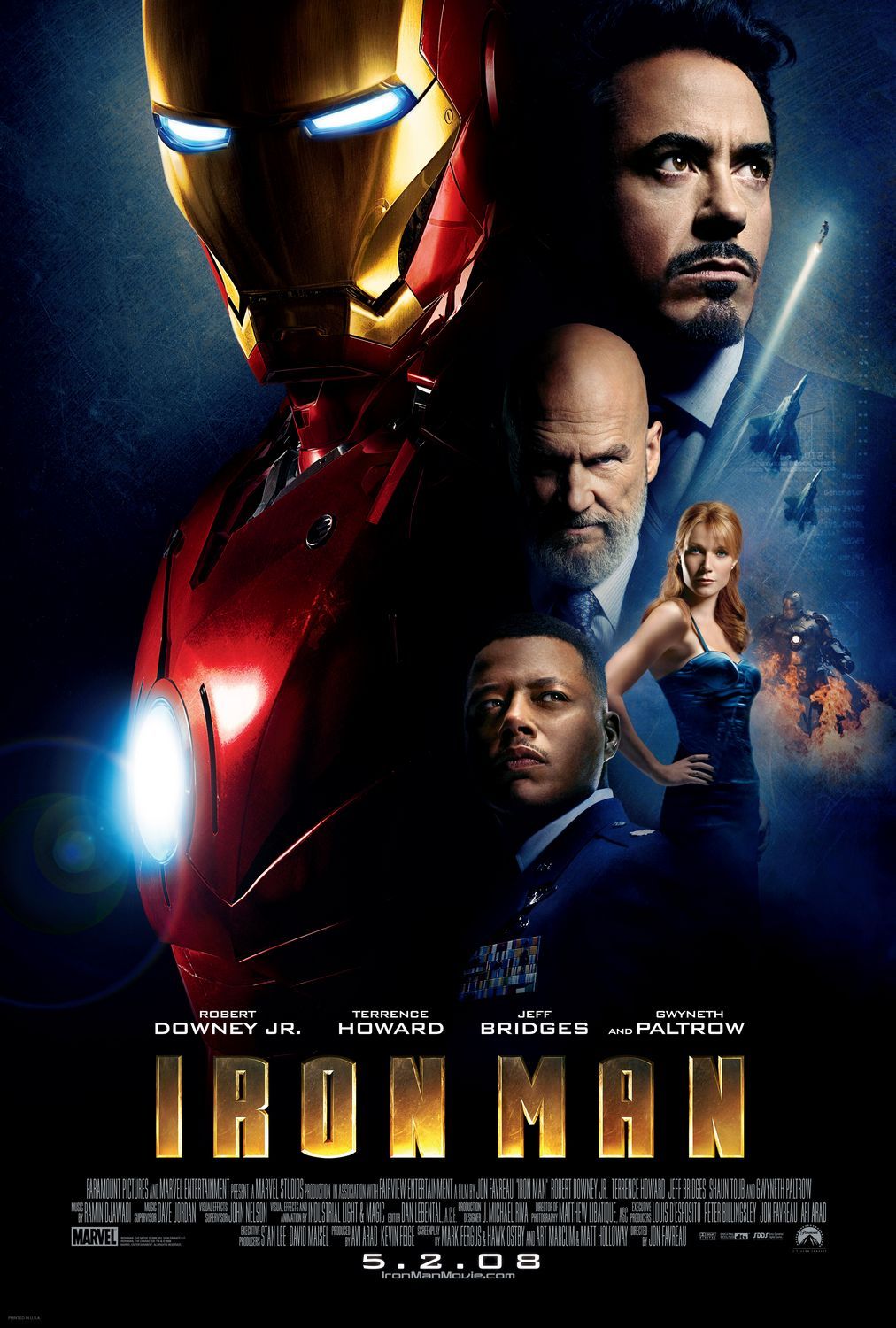“How the MCU Was Made” is a series of deep-dive articles that delve into the ins and outs of the development history, production, and release of all the Marvel Studios movies.
First, there was an idea. Not of a cinematic universe, or even of The Avengers, but of simply producing a comic book movie independently. For years, Marvel Entertainment simply licensed its characters to various studios, consulting on and helping with the production of films like X-Men, Blade, or Daredevil, but never steering the ship. Until 2004, that is, when Marvel Studios enacted a plan to produce films independently, releasing them through a distribution deal with Paramount Pictures. Marvel began shoring up a slate of films, and when then-chairman and CEO Avi Arad quit over creative disagreements, Kevin Feige was promoted to President of Production just as filming on a movie called Iron Man began.
An adaptation of Iron Man had been in the works for decades at various studios, in various permutations. 20th Century Fox’s version courted Tom Cruise in the late 1990s, and New Line Cinema enlisted Nick Cassavetes (The Notebook) to direct in the mid-2000s. When that iteration fell through, the rights finally landed back with Marvel Studios, and they began work from scratch.
Marvel had a rough time convincing writers to take a crack at Iron Man at this time, largely because they were an untested independent studio. On April 28, 2006, Marvel Studios took a big step forward by announcing that director Jon Favreau would be taking the helm of the project, having proved himself capable of delivering both a popular four-quadrant film in Elf and handling visual effects with Zathura. At that time, it was revealed that Favreau would help develop the screenplay with the writing team of Art Marcum and Matt Holloway (Convoy), while Marvel also announced early iterations of films that would come to fruition—like Thor and Captain America—and ones that would not, like the ill-fated Nick Fury penned by Andrew Marlow (Air Force One).
With Favreau in the director’s chair and filming due to begin in 2007, the next step was casting. Robert Downey Jr. was an early favorite of Favreau’s, especially in the wake of Downey’s performance in 2005’s Kiss Kiss Bang Bang, but Favreau was met with resistance at every step. At this time of Downey Jr.’s career, not only was he no longer a huge box office draw, but his very public battle with substance abuse and subsequent jail time made him a pricey risk — the powers that be had trouble justifying hanging their franchise hopes on someone like Downey. Favreau contends that after Downey Jr.’s screen test, the higher ups had an easier time getting used to the idea of casting the actor, and when word leaked out that Downey Jr. was under consideration, fans were in intense agreement that he was perfect for the role. Indeed, rumors have persisted that perhaps Favreau himself or someone close to him leaked news of Downey Jr.’s potential involvement in a bid to further convince producers and executives that he was the right man to play Tony Stark. Whatever the case, it did the trick.
After Downey Jr. was cast, the rest of the ensemble fell into place. But the film’s script was in flux constantly. Indeed, originally the villain of Iron Man was to be The Mandarin, who Feige said would be a “contemporary” of Tony Stark’s:
"He was in every Iron Man 1 script until about 10 weeks before we started filming," Feige told EW. "He was a contemporary of Tony Stark. He was younger. He was involved in business deals with [Stark]."
Jeff Bridges’ Obadiah Stane was supposed to be a secondary villain, but when all involved realized The Mandarin just wasn’t working (perhaps because translating a racist caricature to film is a hefty challenge), they bumped Obadiah up to lead. When cameras started rolling, Favreau and Downey Jr. improvised script pages each and every day, and initially, Bridges was freaked out:
“I like to be prepared. I like to know my lines. It turned out that many times — 10, 12, 15 times — we would show up for the day's work, not knowing what we were gonna shoot. All the guys in the studio are sitting there tapping their foot, looking at their watch, and we’re sitting in my trailer trying to figure out my lines. I made a little adjustment in my head. That adjustment was – Jeff, just relax, you are in a $200 million student film, have fun, just relax.”
In fact, Downey Jr. and Favreau were frequently consulting with writer/director Shane Black by phone, who performed uncredited script work on the film. Of course Black would go on to co-write and direct Iron Man 3, but that’s a story for another day.
While the idea of an interconnected universe of films was percolating, Iron Man wasn’t necessarily created to begin an MCU—first and foremost Marvel Studios just wanted to make a good movie that proved that they could handle making their own films independently. But Favreau couldn’t resist throwing in a major Easter Egg for comics fans at the end of the movie:
“[The post-credits scene] was a bit of a lark. I wanted to include Easter eggs that the fans would appreciate and we thought the idea of a post-credit scene could be fun. It was something that wasn't really in the script originally. But I thought the idea of Nick Fury being Sam Jackson would be really fun, because when Nick Fury was reimagined in The Ultimates (comic book) they recast him as Sam Jackson, and I thought that that would be a really good nod to the audience.”
The scene was shot with a skeleton crew as Feige didn’t want word to slip that Samuel L. Jackson had been cast as Nick Fury, or that Fury would even show up in the movie. And Favreau added that they selected Fury’s words very carefully:
“We were very careful how we selected the words. 'You're part of a bigger world now, a bigger universe,' and 'the Avengers Initiative,' laid breadcrumbs for what was to come. We had the idea that we would somehow group these characters together, that was part of what would happen, but a lot of things had to go right for that to happen, so we were really just laying out a basic mission statement of purpose, to show our intent, and thinking that the few people who would linger in the theater would be the ones who would appreciate it most.”
All preview screenings of the film—including those for critics—did not include the post-credits scene, so it was quite literally something made just for the fans. Word began to spread like wildfire on opening weekend that there was a post-credits scene for Iron Man, and soon thereafter Favreau, Feige, etc. were hounded with questions about leading to a possible Avengers movie.
Obviously that panned out, but you can see how at the time, all of this was merely an idea, and those involved with making Iron Man had no clue just how massively successful the film would be, or that it would actually begin a Marvel Cinematic Universe in earnest.
Bolstered by positive reviews and an impressive Super Bowl spot, Iron Man opened at #1 at the box office on May 2, 2008 with $98.4 million. It was the 11th biggest opening weekend at the time, and the second-best opening weekend for a non-sequel behind only Sam Raimi’s Spider-Man.
While the film would be somewhat overshadowed later that summer by Christopher Nolan’s masterpiece The Dark Knight, and Marvel Studios itself would stumble a bit with their second film of 2008 — The Incredible Hulk — Iron Man was a successful proof of concept and fans went wild for Robert Downey Jr., and work began almost immediately to try to figure out how to quickly capitalize on this success.
And so it was that with Iron Man, the Marvel Cinematic Universe was born.
This article was originally published on April 15, 2019.

